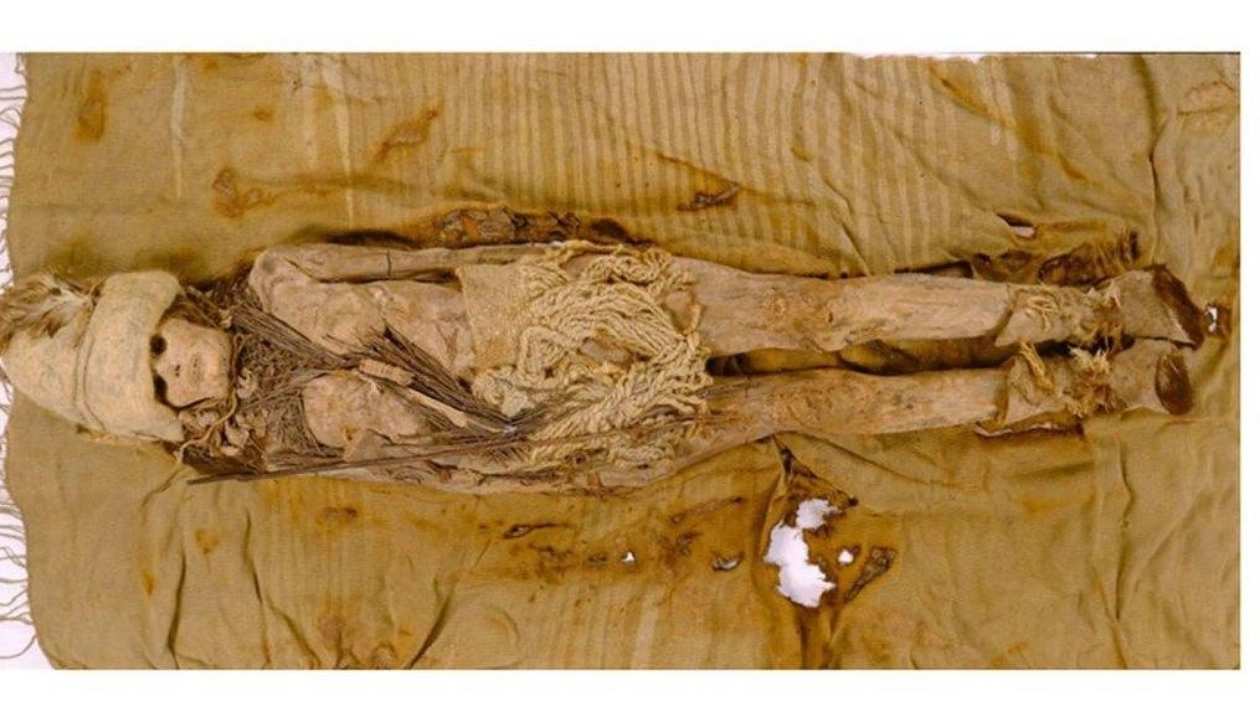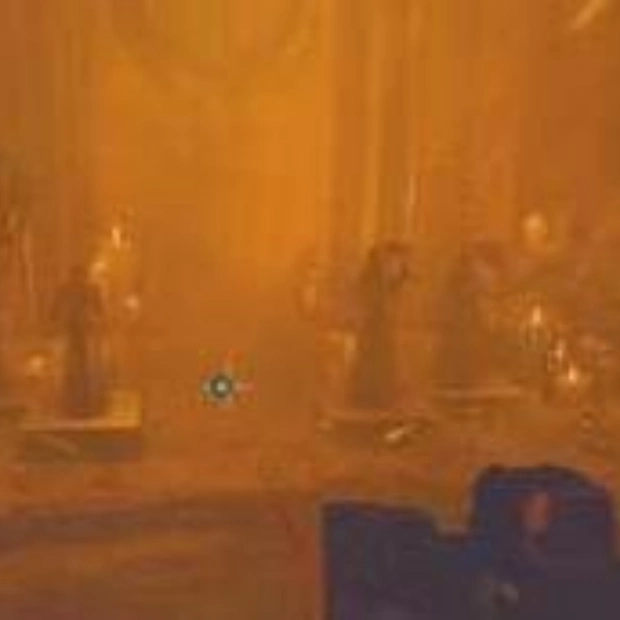When scientists discovered the world’s oldest preserved cheese smeared on the necks of ancient mummies in China, it sparked numerous inquiries. Now, DNA analysis is providing some answers. The analysis confirmed that two out of the three curdled samples of kefir cheese were likely made from cow milk, while the third originated from goat milk. A detailed examination of the bacteria within the cheese offers fresh insights into the history of Asian dairy fermentation, shedding light on how kefir culturing methods spread across the continent, according to paleontologist Qiaomei Fu and her colleagues, who reported their findings on September 25 in Cell.
The samples were initially discovered over 20 years ago in Xinjiang, China, on nearly 3,600-year-old Xiaohe mummies. Scientists were unable to fully identify the samples at that time. In 2014, another research group suggested that the mystery curds were made from kefir. This yogurt-like drink is produced by fermenting milk with kefir grains, which contain live bacteria and yeast cultures. When drained, kefir forms a lumpy cheese.
“This is the oldest preserved cheese sample in the world,” states Fu, from the Chinese Academy of Sciences in Beijing. It is almost 400 years older than the previous record holder. However, it did not feel like traditional cheese; Fu describes it as feeling like “dense dust” when squeezed.
Since kefir can only be created from existing kefir cultures, the bacteria in the grains can be used to trace the spread of fermentation techniques. Fu’s team compared the bacteria’s DNA with 15 modern samples, constructing a bacterial family tree in the process. Previous research suggested that kefir fermentation techniques primarily spread from Russia to Europe, but the team identified evidence of an additional route from modern-day Xinjiang, where the tombs were excavated, into Tibet and inland east Asia.
“From this contaminated, ancient sample, they were able to identify a specific bacteria and trace its spread,” says Anna Shevchenko, a chemist at the Max Planck Institute of Molecular Cell Biology and Genetics in Dresden, Germany. “To me, that’s the most fascinating aspect.” The purpose of the cheese on the mummies’ necks, however, remains an unsolved mystery.






